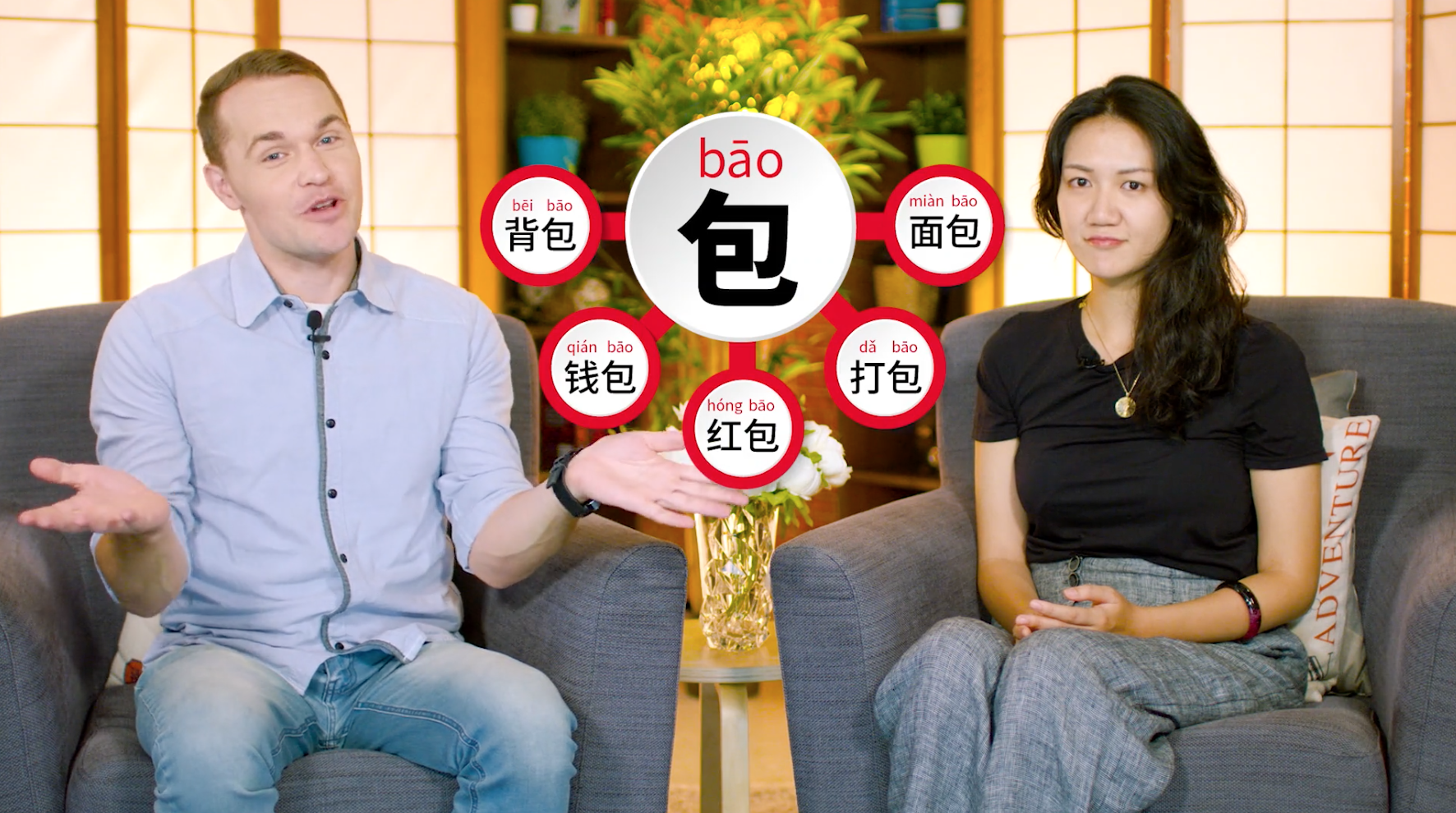Relevant Content
We'll always make sure you know exactly what the lesson is about. You
will easily understand whether it is relevant for you.
How to Type Pinyin
Great Hosts
Here at ChinesePod, all our lessons are presented in an entertaining
manner by our great hosts. You'll find language learners, teachers,
and even professors sharing their insights, ideas, and teaching
methods in our video and audio lessons.
Brief Lesson Summaries
A brief introduction of the lesson will always tell you what this
lesson is about and what language level is the intended target. If
you're interested in the subject, but might not be able to understand
it in full, fear not; we have transcripts of lesson dialogues
vocabulary so you can follow along.
IN THIS LESSON
ID: 2920 Intermediate
We recently made a lesson on adding a new keyboard to your iOS device titled "How to Add a New Keyboard on iOS" (2910).
In this lesson, we're discussing the most popular Chinese input method: Pinyin. Specifically, the dialogue involves a friend teaching another friend how to input Chinese using pinyin, and how you don't need to specify tones. She also teaches some tips and tricks on how to write pinyin much much faster.
Tue Jul 12 2016 | Gwilym, Fiona Tian
Awesome Materials
Our lessons contain natural communication in Chinese
in video and audio format. We have have lessons focused on video or a
podcast format and our lessons have transcripts of Lesson Dialogues,
Important Vocabulary, Expanded Materials for a deep dive into the
lesson topic and Exercises focused on testing your retention.
Detailed Vocabulary
Each lesson has it's unique vocabulary and will provide you with
definitions and recordings so you can practice the pronunciation. You
will also be able to grasp the core material of a lesson at a glance.
Here we're showing you the Simplified Chinese version.
| SIMPLIFIED | PINYIN | ENGLISH | |
|---|---|---|---|
| 手写 | shǒuxiě | handwriting | |
| 输入 | shūrù | to input | |
| 步骤 | bùzhòu | step | |
| 找 | zhǎo | to find |
手写输入在车上用真不方便!
shǒuxiě shūrù zài chē shàng yòng zhēn bù fāngbiàn !
It's really inconvenient to use handwriting input on the bus!
那用拼音输入啊。
nà yòng pīnyīn shūrù ā 。
Just use pinyin input then.
也对,那...输入汉语拼音和写汉语拼音步骤一样吗?我以前用过,常找不到要用的字。
yě duì , nà ... shūrù hànyǔ pīnyīn hé xiě hànyǔ pīnyīn bùzhòu yīyàng ma ? wǒ yǐqián yòng guò , cháng zhǎobudào yào yòng de zì 。
Oh yeah, then... are the steps for inputting Hanyu pinyin and writing Hanyu pinyin the same? I used it before and I could often not find the right character.
步骤是差不多,都是先输声母,再输韵母。不过键盘上的”U”是“乌”的声音,你要输入“瘀“这个声音得用“V”代替。
bùzhòu shì chàbuduō , dōu shì xiān shū shēngmǔ , zài shū yùnmǔ 。 bùguò jiànpán shàng de ” U ” shì “ wū ” de shēngyīn , nǐ yào shūrù “ yū “ zhè ge shēngyīn děi yòng “ V ” dàitì 。
The steps are more or less the same, for both you first enter the initial consonant, then you enter the medial or final vowel sound. But the "u" in the character "乌" is mapped to the "U" on the keyboard, if you want to input the "ü" in the character "瘀", you have to replace it with a "V".
Natural Dialogues
Each lesson is centered around a natural dialogue with key vocabulary
directly prepared and translated for your use. You can also
listen to each sentence as an individual recording to
improve your listening and comprehension skills.
Try It For Free
ChinesePod is 100% Free to Try. Create an account
today and get started!
Sign Up
Please enter a valid email.
- or -
Sign up with

